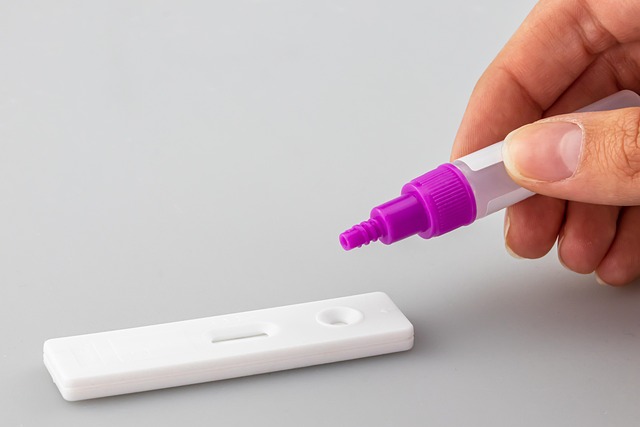In the realm of visual technology, resolution holds a significant power. With screens embedding themselves deeply in our daily lives, from television shows that whisk us away to fantastical worlds to monitors that serve as portals to our professional endeavors, the importance of resolution cannot be understated. This post aims to explore the intricacies of display technology, focusing on resolution test samples that can help consumers make informed choices.
The evolution of television displays, for instance, has been nothing short of revolutionary. From the bulky cathode-ray tubes of yesteryears to today’s sleek OLED and QLED screens, the way we visualize content has transformed dramatically. Each advancement in technology has pushed the boundaries of what’s achievable in terms of resolution, making our viewing experience richer and more immersive. Picture a movie scene where every droplet of rain is visible on your screen; that clarity comes from the meticulous work behind resolution improvements.
When considering a new television or monitor, enthusiasts often turn to resolution test samples. These test samples are essential for evaluating how well a display performs under various conditions. They can showcase a screen’s ability to render fine details, vibrant colors, and contrast levels that can affect how we perceive visual media. Whether you’re a gamer craving pixel-perfect graphics or a cinephile wanting to experience every nuance of a film’s cinematography, these samples provide the data needed to guide your purchase.
Monitors, too, have benefitted from advancements in display technology. Professionals depend on accurate color representation and high-resolution displays for graphic design, video editing, and other tasks where precision is paramount. Resolution test samples can help one determine not just how a monitor can display rich visuals but also its calibration capabilities and color reproduction accuracy. A monitor that can highlight every shade of a sunset in a landscape photograph has the potential to change the way a designer engages with their artwork, allowing for a deeper connection to their creations.
Moreover, as technology continues to evolve, so does our concept of ‘resolution.’ The introduction of 8K TVs has sparked debates on whether the human eye can discern such high pixel densities at normal viewing distances. This technological leap prompts a re-evaluation of what high-resolution truly means in practical terms. Testing these displays with a variety of resolution test samples allows consumers to experience firsthand how 4K or even 8K enhances their viewing experience compared to lower resolutions.
Ultimately, understanding display technology involves more than just numbers. It’s about the feelings a high-resolution display can evoke as you binge-watch your favorite series, the details that bring video games to life around you, and the clarity that enables professionals to create stunning visual content. From televisions to monitors, the quest for higher resolution has not just revolutionized how we see, but how we experience the digital world around us.




